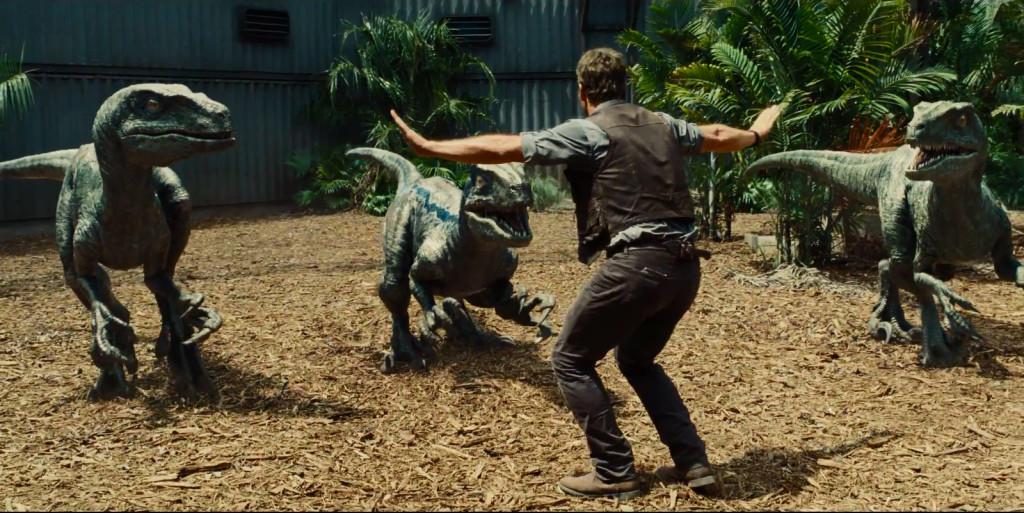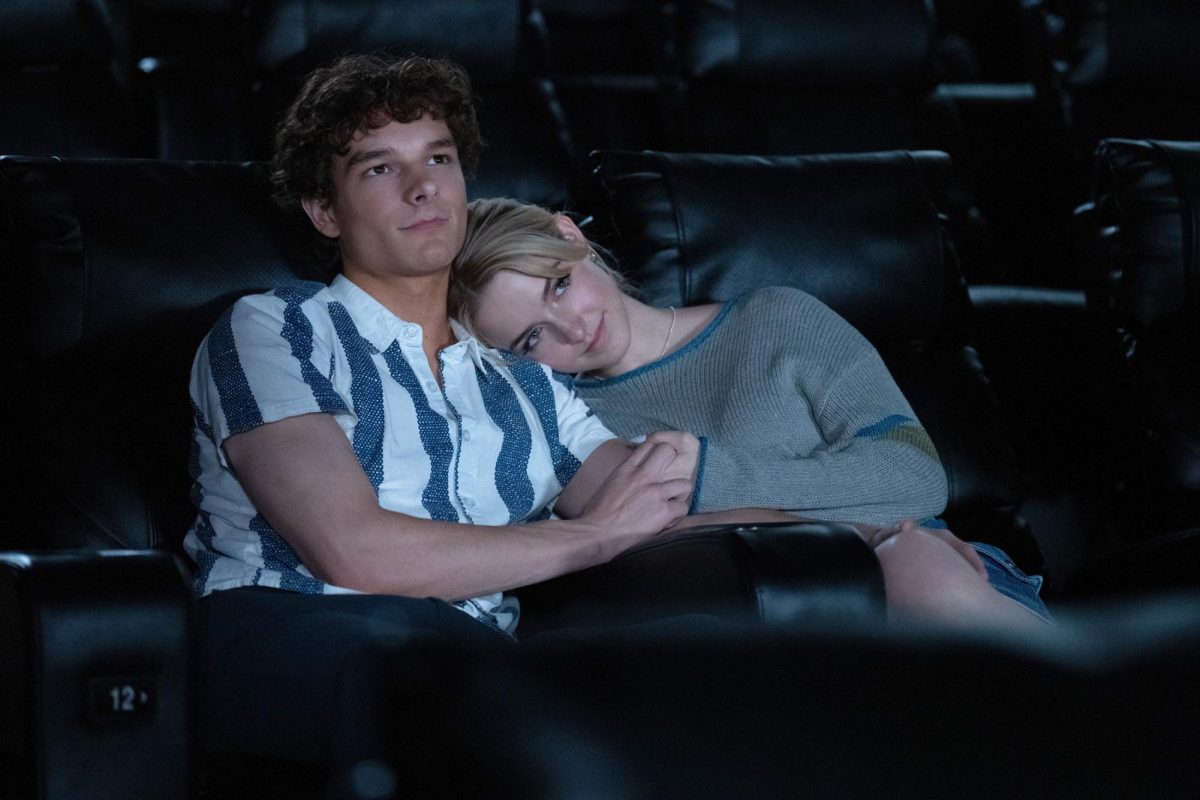In June 1993, moviegoers were introduced to the adventure and thrills of “Jurassic Park,” a film that brought dinosaurs into the human world in a science-fiction, adventure blockbuster hit. Released 22 years later, “Jurassic World” is a visually stunning film full of adventure that satisfies expectations and proves itself as a worthy fourth installment to the “Jurassic Park” series.
“Jurassic World” centers on the theme park of the same name after a dangerous, new, genetically-modified dinosaur hybrid called the Indominus rex escapes captivity and wreaks havoc on the area, pitting man against beast. In an attempt to contain the Indominus rex and protect the park’s guests from harm, operations manager Claire Dearing (Bryce Dallas Howard) enlists the help of Velociraptor-expert and trainer Owen Grady (Chris Pratt). The film also follows Zach and Gray Mitchell (Nick Robinson and Ty Simpkins), Claire’s young nephews, who become lost in the wild jungles of the park and must escape the rampant Indominus in order to return safely to Claire.
With their large, sharp teeth and thunderous roars, the dinosaurs remain the stars of the film. The detail given to their physical appearance and animation successfully elicits fearful awe from the audience — but what really drives the dinosaurs’ appeal this time around is their ability to create an emotional connection with the characters and the audience. Instead of solely relying on intimidation, director Colin Trevorrow shows another side to these dinosaurs through meaningful and powerful, well-timed body language. The sorrowful wails of a dying Brontosaurus and the contemplative head tilts of a Velociraptor breathe life into the dinosaurs and draw empathy from moviegoers.
Despite the film’s large-scale production, Trevorrow refrains from bogging down the movie with unnecessary plot devices for the sake of entertainment. The film naturally moves at a quick pace, but it doesn’t confuse viewers in the process. From start to finish, the audience remains fully engrossed in the action. Trevorrow takes viewers on an exciting cinematic rollercoaster, as the movie is jam-packed with action, suspense and even moments of humor and emotion.
The score and sound mixing act as another driving force contributing to the film’s success, complementing the action and suspense. The discordant, lone piano notes accompanying the booming footsteps of the Indominus as it creeps up on its next victim provide a taut level of tension and lead the audience to hold its breath in fearful anticipation. In addition, frantic choruses of violins perfectly reflect the chaos of the flying Pterosaurs wreaking havoc on the large crowds in the park.
While the script remains simple to maintain focus on the film’s main premise, the actors all provide believable performances. Pratt embodies the ruggedness of the rogue-yet-heroic character, and Howard successfully fulfills the role of high-strung businesswoman-turned-badass heroine. Vincent D’Onofrio, who plays the film’s human antagonist, Hoskins, is purely repulsive in his attempts to control the Velociraptors and turn them into his own killing machines. The characters’ fear of the powerful dinosaurs remains palpable in their admirable determination to survive the rampage of the Indominus. Because of these strong performances, viewers become emotionally invested in many of the characters, resulting in scenes where adults and kids alike sit in wide-eyed anticipation as they anxiously await to see if the characters, be it Owen, Claire or the brothers, escape the killer Indominus rex.
Filled with just the right amount of riveting suspense and nonstop action, “Jurassic World” gracefully allows prehistoric beasts to take center stage, proving that dinosaurs are just as riveting and entertaining as ever.














